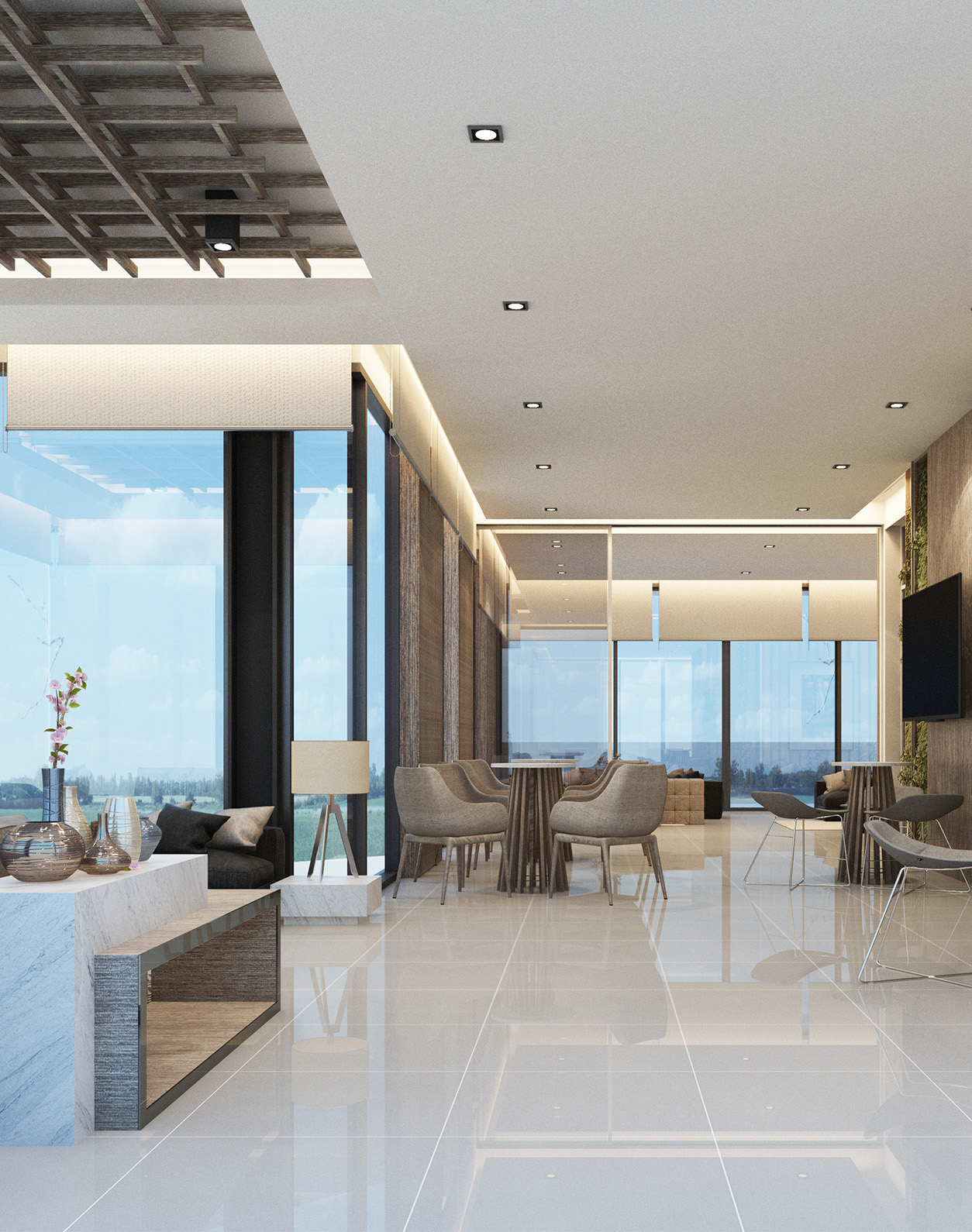Article
Biophilia in Architecture Should Be Driven by Sound and Sound Design Incorporating natural soundscapes into biophilic architecture enhances well-being and strengthens our connection to nature.

Biophilic design in architecture, the integration of nature into the built environment, has become increasingly popular for its ability to promote well-being and productivity. However, while much focus has been placed on visual and spatial elements, one critical aspect is often overlooked—sound. Sound and acoustics are powerful tools in architectural design, offering the potential to enhance biophilic environments. This article explores why sound, sound systems, and sound design should be central to biophilia in architecture and how they can improve the connection between people and nature in the built environment.
Sound: A Fundamental Element of Human Experience
Sound is a primary sense through which we experience the world, and its impact on architecture should not be underestimated. Natural soundscapes such as flowing water, rustling leaves, and birdsong are proven to reduce stress, elevate mood, and increase focus. By integrating these natural sounds into architectural design through effective sound systems and acoustics, architects can create spaces that mimic the calming effects of nature, even in the busiest urban settings.
In contrast, urban environments filled with noise pollution from traffic, machinery, and human activity lead to heightened stress and cognitive fatigue. Addressing these auditory challenges by prioritizing sound design in architecture can dramatically improve the well-being of occupants.

Going Beyond Visual Biophilia with Sound and Acoustics
Traditional biophilic architecture often focuses on visual elements like greenery, natural light, and organic materials, but this approach can be limiting. Many buildings, especially in densely populated urban areas, lack the ability to incorporate large natural views. This is where sound can be a game-changer. By incorporating natural soundscapes through advanced sound systems, architects can transform any space into a biophilic environment.
For example, hospitals, offices, and educational buildings can introduce soothing nature-based acoustics, like the sound of rain or forest ambience, to create an environment that promotes calm and focus. Sound can permeate spaces in ways that visual elements cannot, making it a versatile and effective tool in biophilic design.
The Psychological and Physiological Benefits of Sound in Architecture
Research shows that exposure to natural sounds has significant psychological and physiological benefits. A study published in Scientific Reports demonstrated that nature-based sounds reduce the body’s fight-or-flight response and enhance the rest-and-digest state, promoting relaxation and recovery. This research highlights how sound design in biophilic architecture can directly improve occupant well-being.
On the other hand, excessive exposure to noise pollution is linked to higher blood pressure, impaired concentration, and increased stress. By prioritizing sound systems and acoustics that filter harmful noise and introduce calming natural soundscapes, architects can create healthier, more balanced environments.
Enhancing Spatial Experience with Sound Design and Sound Systems
Sound has the power to redefine how we experience architectural spaces. Large, open areas such as atriums or public lobbies often suffer from reverberation and noise distortion, making them uncomfortable and distracting. Thoughtful sound design, paired with advanced acoustics, can introduce natural soundscapes that diffuse unwanted noise while enhancing the sensory experience of the space.
Incorporating nature-inspired sounds into architectural designs can also guide spatial flow and create distinct zones within a building. For example, the soft murmur of a stream in a relaxation area can signal tranquility, while the lively sound of birds can stimulate energy and focus in workspaces. High-quality sound systems enable architects to design dynamic, multi-sensory spaces that engage users on a deeper level.
Challenges and Opportunities in Acoustic Integration for Biophilic Design
One of the key challenges in integrating soundscapes into architecture is ensuring that they do not overwhelm or distract occupants. Natural sounds must be carefully integrated into the environment through expertly designed acoustics and sound systems to maintain a balanced auditory experience. Poorly executed soundscapes can lead to sensory overload, which would defeat the purpose of biophilic design.
However, recent advancements in acoustic engineering offer architects new opportunities to create immersive sound environments that adjust to the needs of the space and its users. Dynamic sound systems can respond to external noise levels, occupancy, and time of day to provide an optimal auditory experience. These innovations enable the seamless integration of sound into biophilic architecture, transforming built environments into spaces that not only look natural but sound natural.
When incorporating sound in biophilic design, it’s important to recognize that natural environments have distinct acoustic characteristics. Some elements, like forests or enclosed groves, tend to be more reverberant, while wide-open landscapes, such as prairies or large open fields, are less so. Adapting the acoustic properties of a space through advanced sound and acoustic systems allows for a more authentic replication of these natural sound environments, enhancing the overall realism and effectiveness of biophilic design.
Sound and Acoustics as the Future of Biophilic Architecture
To truly embrace biophilia in architecture, we must look beyond visual elements and prioritize sound, sound design, and acoustics as core components of the built environment. By integrating natural soundscapes and sound systems, architects can enhance the well-being of occupants, reduce stress, and foster a deeper connection to nature—even in urban spaces. The future of biophilic architecture lies not only in how spaces look but also in how they sound, making sound a critical element for creating healthier, more immersive environments.
More from L-Acoustics
Technologies, solutions, news, and stories related to this article.


